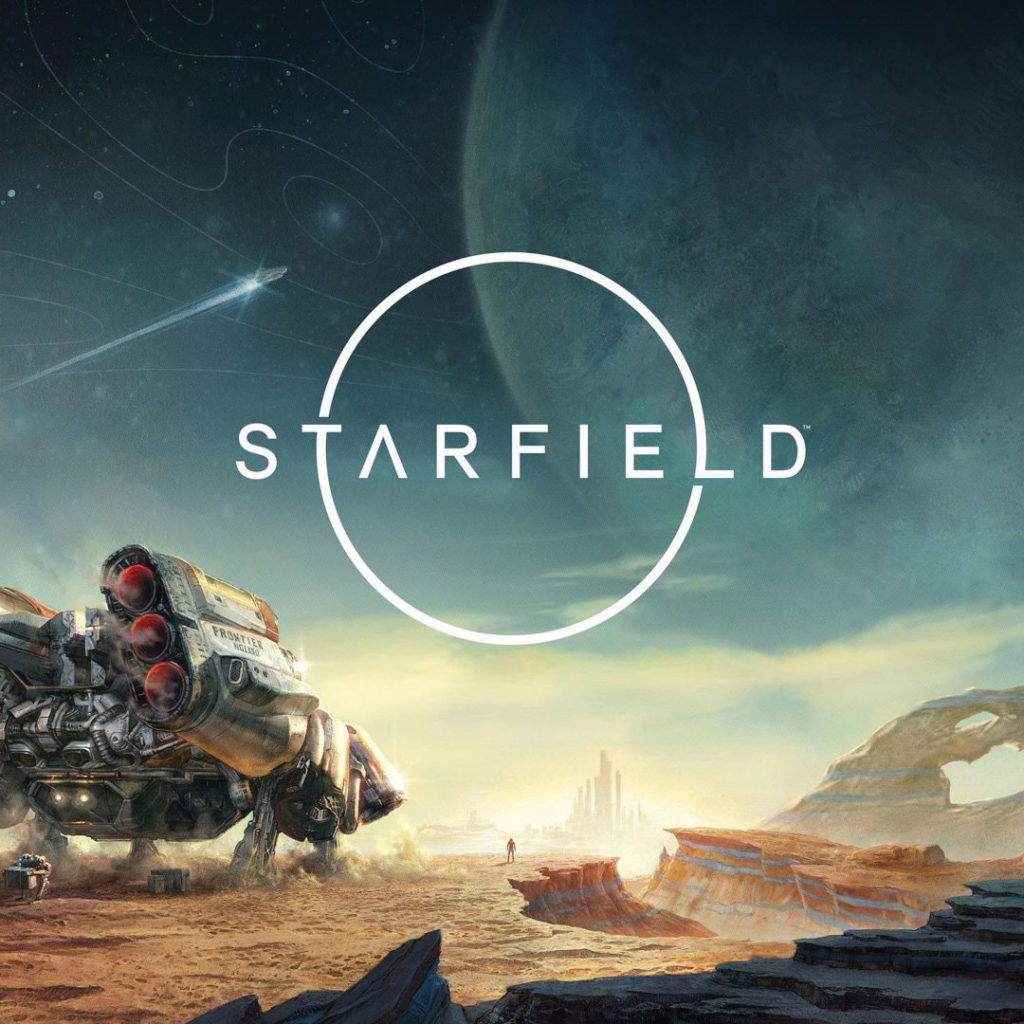“Starfield” Draws Players into the World
“Starfield” excels at drawing the player into the world.
“Starfield” is the newest title from Bethesda Game Studios, the developer known for the “Elder Scrolls” and “Fallout” franchises. Released last September, this game is the first new intellectual property from the studio in more than 25 years. Players who are familiar with either of those other series have a pretty good idea of what they’re getting into with “Starfield,” and their expectations are fairly accurate, for better or worse.
The biggest difference between “Starfield” and its predecessors is the setting, which allows for many smaller differences. Set 300 years in the future, humanity is spread out among the stars and split up into different factions with a tenuous peace. The player is a miner who is recruited by the mysterious group, Constellation, after an incident with an artifact that doesn’t appear to be of human origin. While investigating the secrets of the artifact, players explore new worlds, embark on a wide range of quests and level up a wide variety of skills to match their play style.
Like previous Bethesda games, “Starfield” excels at drawing the player into the world. Between the retro-futurist aesthetic, a high volume of detail and the grandiose score, the game presents a thoughtful example of what humanity might look like as a space-faring species.
Where “Starfield” falters, however, is in the execution of its grand vision. Frankly, the scope doesn’t quite live up to expectations. There are a handful of large, populated areas in the game, but almost everything outside of these areas, even on the same planets, feels empty, bland and repetitive. Bethesda set out to create a game world where players could explore a realistic universe, and to their credit, space is very empty and sparse, but it comes up lacking compared to other more open-world space exploration games.
Even when encountering explorable ships in space, exploration feels like a burden. In “The Elder Scrolls V: Skyrim,” players could leave a city on a quest, see multiple intriguing landmarks, caves or enemy camps on their path and get sidetracked on an entirely new questline. While this is technically possible in “Starfield,” there are, on average, three more loading screens required to end up in any new place. Efficient travel means missing opportunities to get sidetracked and dive deep into the world.
“Starfield” is a promising concept that perhaps needed more time to perfect. There’s nothing wrong with reskinning beloved games in a new genre, but it wasn’t done just right this time




